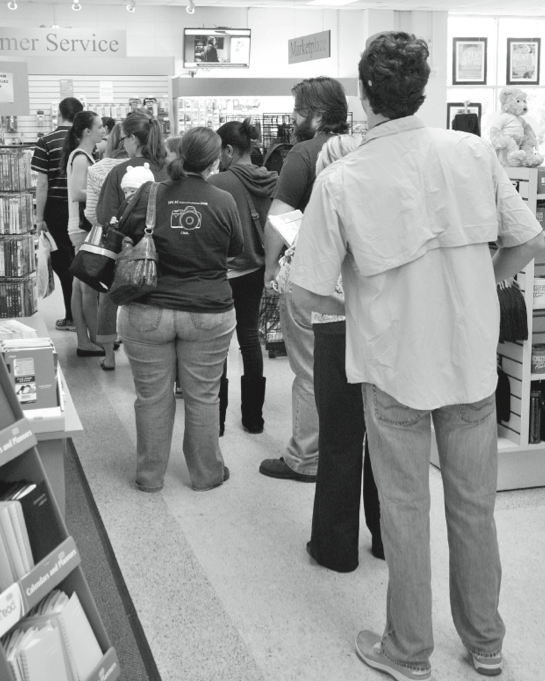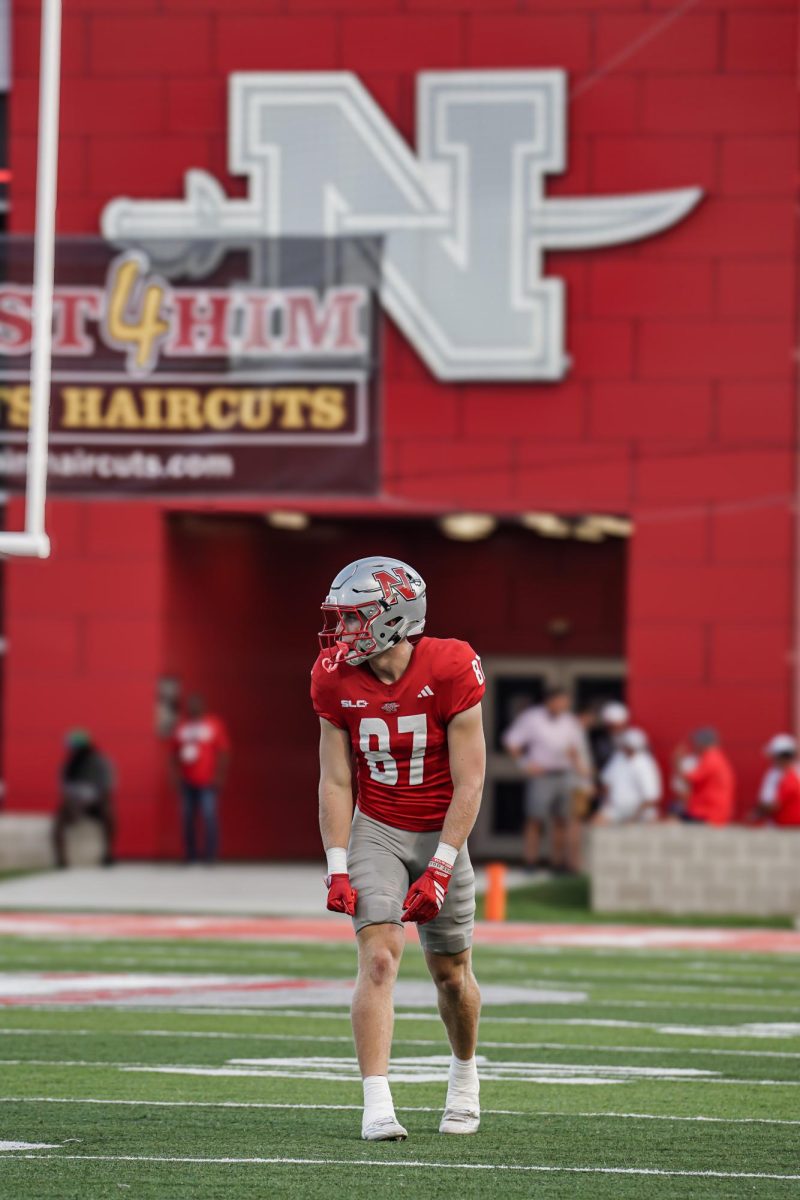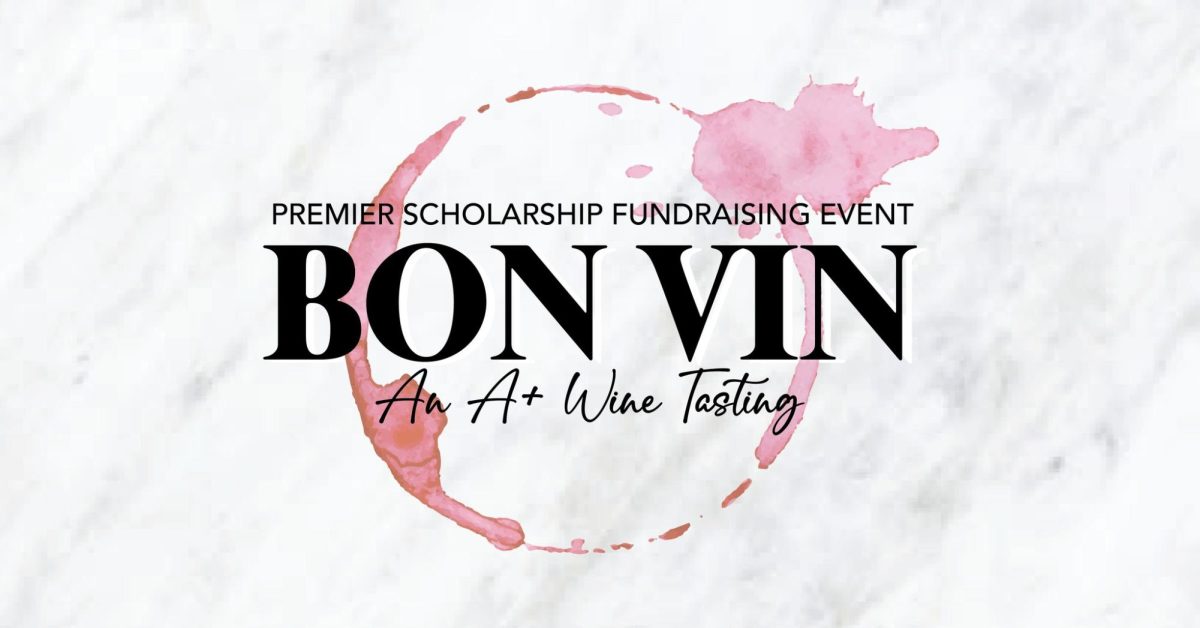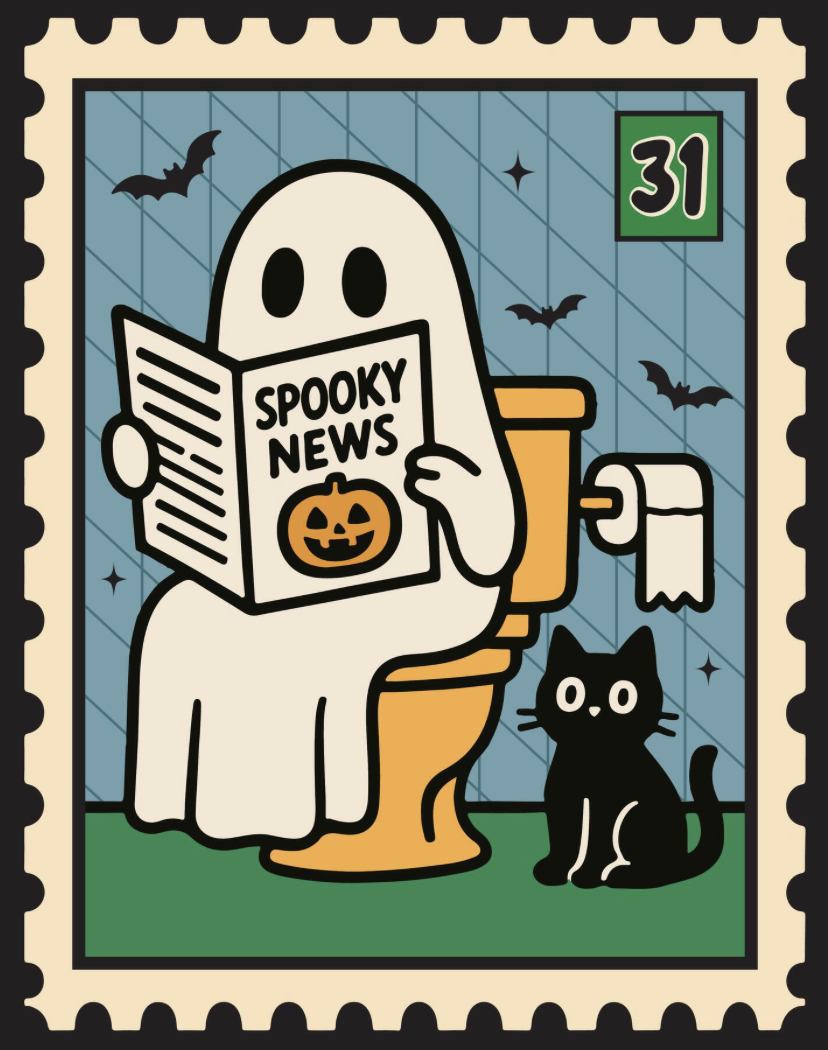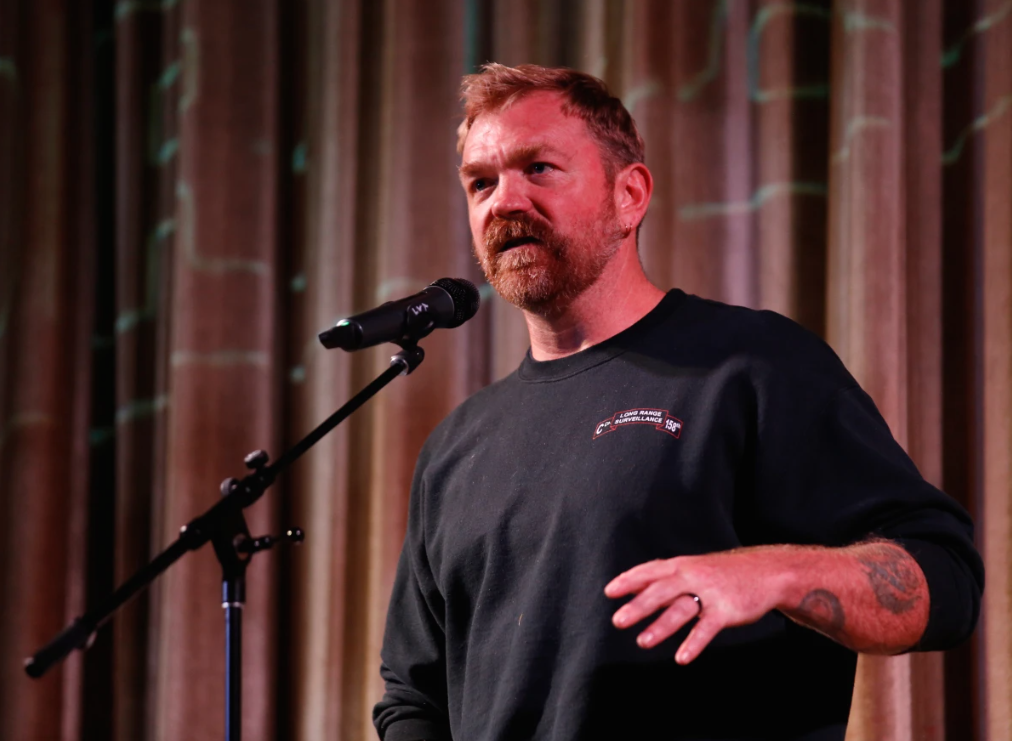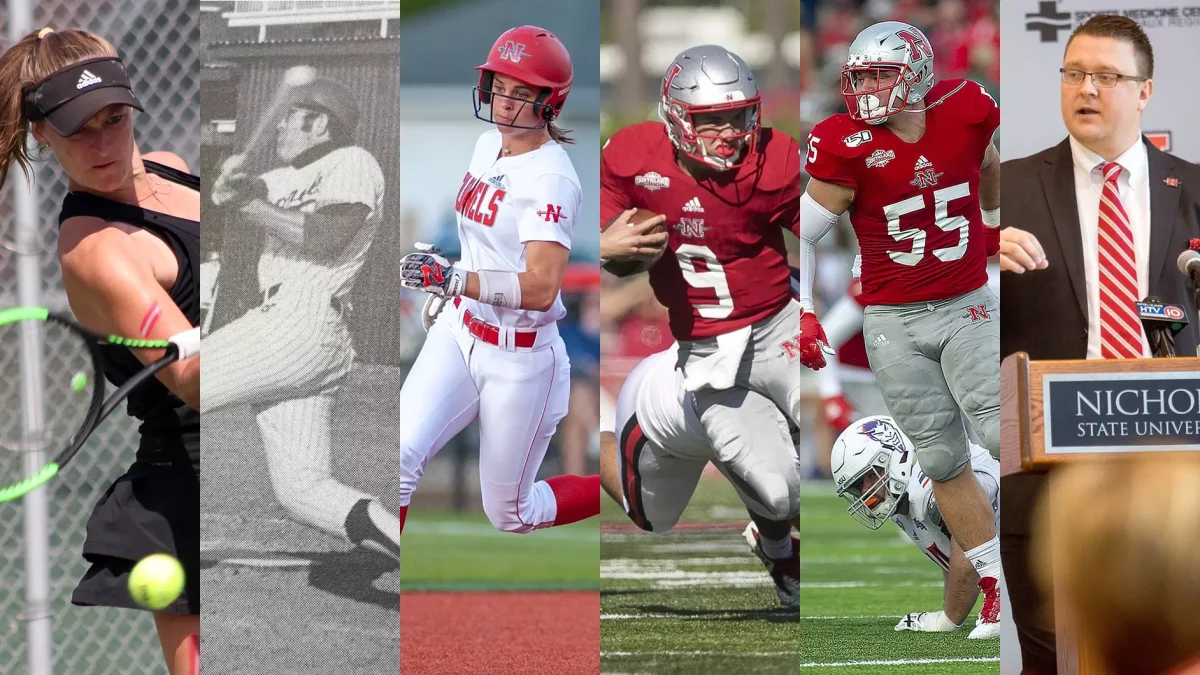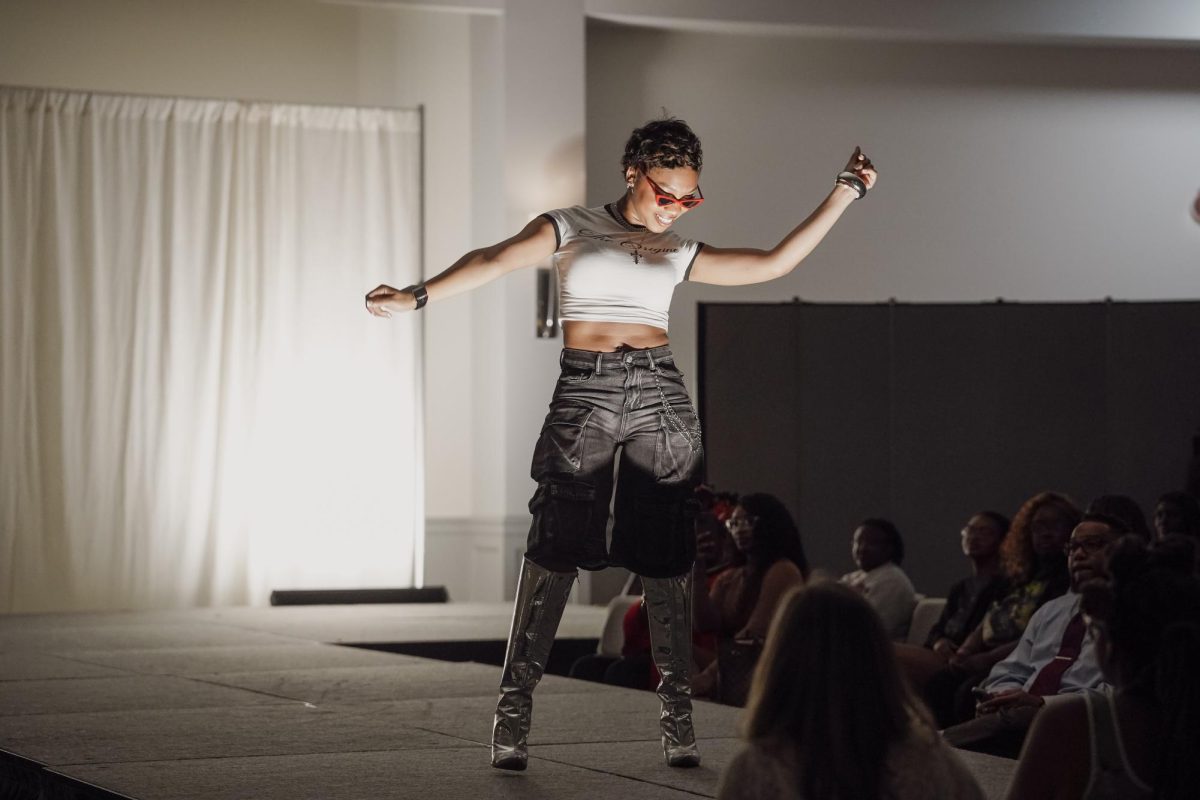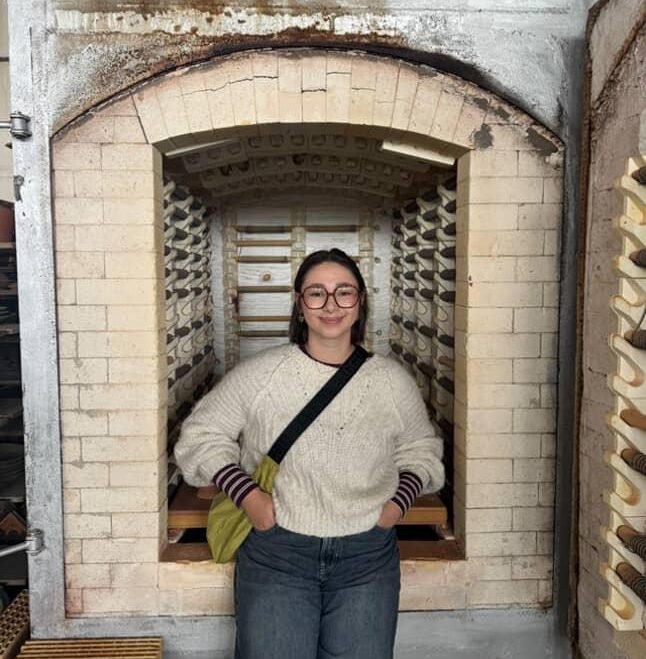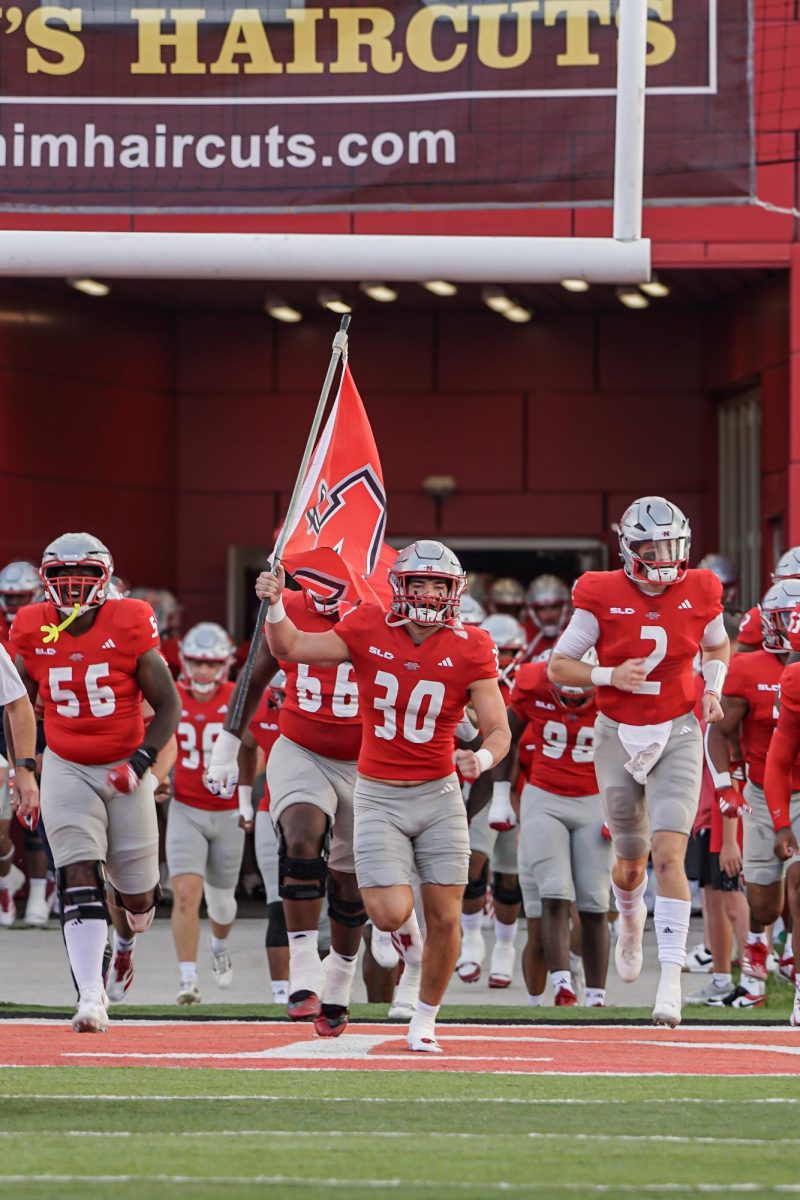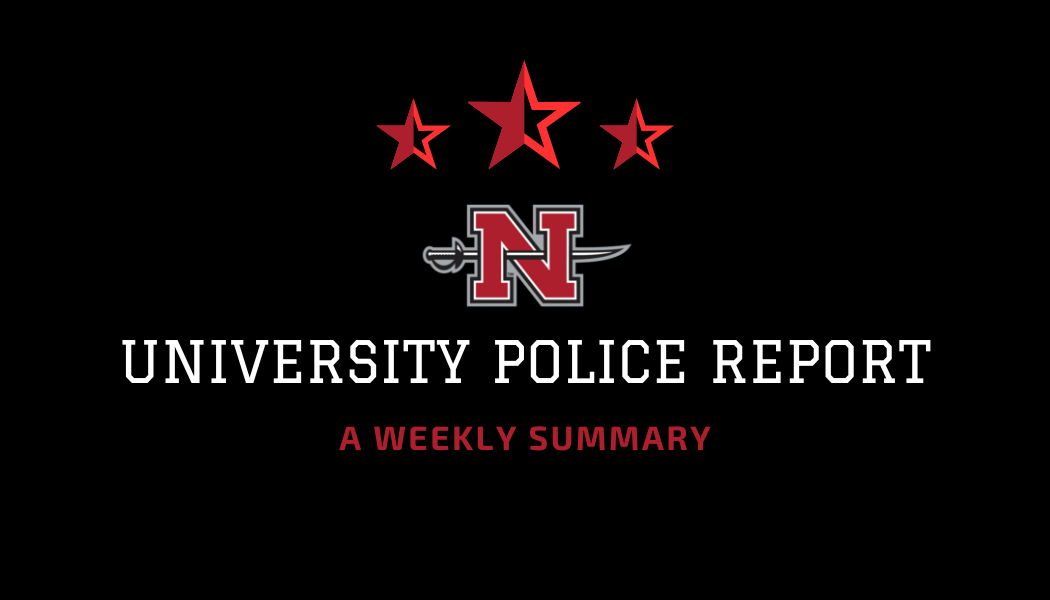With the rise in the cost of text- books, students have multiple op- tions when selecting books for the Spring semester.
In a study conducted by the U.S. Public Interest Research Group over several years, the price of textbooks has risen 22 percent over the past four years. According to Rich Williams, Higher Education Advocate for U.S. Public Research Group, the study showed that there was “the urgent need for afford- able solutions.”
According to the 2010-2011 Nicholls catalog, “on average, for a full-time student, a set of books for the semester as projected by the University can be about $1,200.”
For that same full-time student using a book rental store, this cost can be reduced by about $500 de- pending on the student’s major, ac- cording to Lauryn Friloux, general studies sophomore, who has priced textbooks at the University and other book rental stores.
The University bookstore starts purchasing books for its stock the week before finals. If books are
being used the next semester, stu- dents will receive funds for books returned. The student keeps any books not being reused.
What most students do not know is that they do not have to wait until finals week to sell back their used books.
“The bookstore has a wholesale guide that it uses throughout the semester,” bookstore employee Cassie Kling said.
This wholesale guide lists stores that would like to purchase selected books and the price they are will- ing to pay for them. If the book is wanted, students can receive funds for them. Wholesale buyers do not always take back books, however.
The most common form of textbook purchased from the Uni- versity bookstore is the hard copy. While this is the traditional form, electronic books are also available.
Some professors at the Univer- sity, like Glenn Lo, professor of physical sciences, and Jiba Acha- rya, instructor of physical sciences, only offer required textbooks in electronic form. Lo, who teaches Chemistry 101, uses a textbook that he wrote for his class. Lo signed over the copyrights to a
publisher, and the publisher de- cided the way the book was sold. To keep down costs, the publisher decided to sell the book exclusively through Barnes and Noble’s Nook Study e-reader program for PCs and Macs, Lo said. A hard copy can be purchased from the publisher, but they are printed on demand. Both the hard copy and the online book cost $68.
The royalties that Lo receives for his book are made out to the University.
“My royalty check is made out to the Nicholls State University Foun- dation for credit to an account in- tended to supplement funding for the physical science department’s instructional labs and support its outreach activities,” Lo said.
One of the other options stu- dents use is amazon.com. Amazon offers a program for students for their books called Amazon Prime. This program is free for the first six months of using it. The perks are free two-day shipping and cheaper prices in general. According to Amazon.com, “if a student wishes to keep their membership past the six months, the cost to continue it is $39 a year.”


